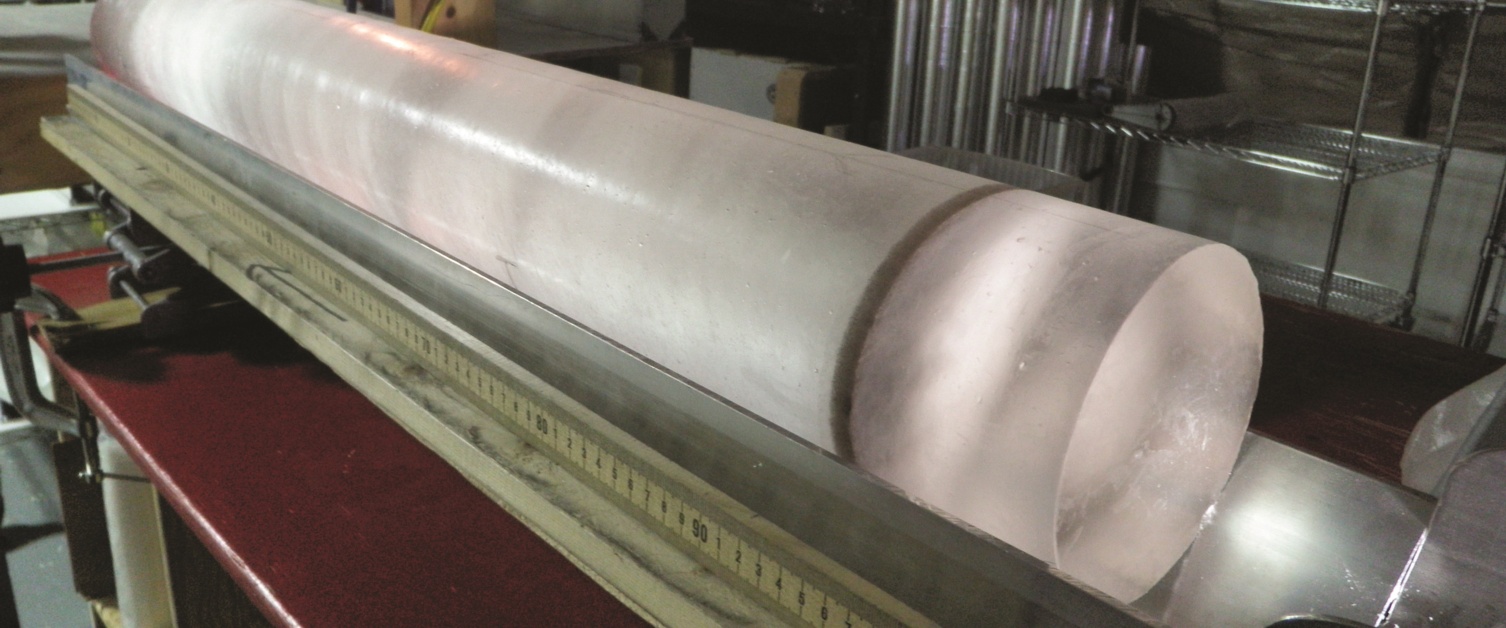Timely Data
- By AMS Staff
- May 15, 2023
66 million years—The look back in time researchers took in a recent study to confirm that Earth has a mechanism to self-regulate its temperature. Constantin Arnscheidt and Daniel Rothman of the Massachusetts Institute of Technology applied the mathematical theory of stochastic differential equations to paleoclimate data on average global temperatures through geologic history to look for patterns of stabilization at different time scales. The temperature records comprised a variety of sources, including preserved Antarctic ice cores and the chemical composition of ancient marine fossils and shells. “This whole study is only possible because there have been great advances in improving the resolution of these deep-sea temperature records,” Arnscheidt says. “Now we have data going back 66 million years, with data points at most thousands of years apart.” The researchers found that Earth’s temperature variations are dampened over hundreds of thousands of years by a stabilizing feedback in the climate system. Arnscheidt and Rothman believe the mechanism behind the feedback is silicate weathering—a geological process of continuous weathering of silicate rocks that involves chemical reactions pulling carbon dioxide out of the atmosphere and into ocean sediments, where it is trapped in rocks. This process has been theorized as a regulator of Earth’s carbon cycle and global temperatures, but the new research is the first to use actual data to verify the continual operation of such a feedback. “On the one hand, it’s good because we know that today’s global warming will eventually be canceled out through this stabilizing feedback,” Arnscheidt says. “But on the other hand, it will take hundreds of thousands of years to happen, so not fast enough to solve our present-day issues.” The study, which was published in Science Advances, also showed no evidence of feedbacks in periods of more than hundreds of thousands of years, meaning that random chance may play an important stabilization role over those longer periods. “Some say random chance is a good enough explanation, and others say there must be a stabilizing feedback,” Arnscheidt says. “We’re able to show, directly from data, that the answer is probably somewhere in-between.”
[Source: Massachusetts Institute of Technology]
